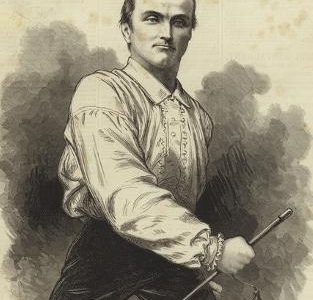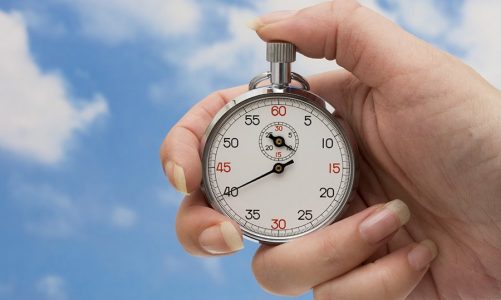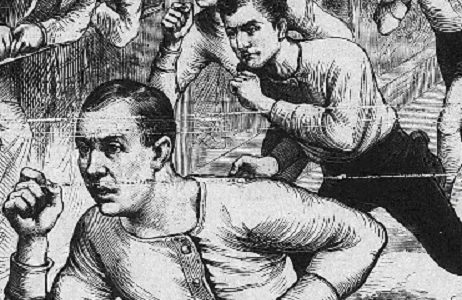Until recently I was sure I knew who the first person to break the four minute mile was. Roger Bannister’s achievement on a blustery Oxford afternoon in 1954 has, after all, gone down in the folklore of our sport. But was he really the first? I thought so, until I came across some research by the former Olympic sprinter Peter Radford, which describes the story of James Parrott, an eighteenth century Londoner who supplemented his measly income as a street seller with a spot of professional running. And now I’m not so sure.
The story starts with a newspaper report from May 1770, which records Parrott as having run a mile on the streets just north of St Paul’s Cathedral for a wager. He had backed himself to complete the distance in under four minutes, and stood to win the equivalent of several month’s wages if he succeeded. Only a talented and confident runner would have taken a wager like this, which he could ill-afford to lose, and sure enough Parrott’s faith in his footspeed was proved well-founded. He dipped under four minutes, won the money and a brief moment of fame. But is it really possible that this forgotten man was the first person to breach the four minute barrier, almost two centuries before Bannister?
A Forgotten History
For many people the history of running begins with moustachioed Victorian gentlemen running bolt-upright wearing long white shorts in grainy old photographs. But this hides a much more colourful, diverse and interesting history that has largely been forgotten. Wager races and time trials were a part of this, and were hugely popular in eighteenth and nineteenth centuries. They took in everything from short sprints to bizarre and unfathomably gruelling multi-day challenges (1 mile per hour for 1,500 consecutive hours without breaks, anyone?) and involved people of all social backgrounds, ages and genders.
Judging by reports from Parrott’s era the standard of running was surprisingly high. The best runners were certainly faster than a century or so later under the amateur code that did its best to exclude working-class people (who, annoyingly, tended to beat pampered nobles) and to discourage training too much (effortless superiority being the thing). The top wager racers were serious runners and minor celebrities, with a lot to lose and everything to gain every time they competed. They would surely have trained hard, and runners like James Parrott also had tough, physical jobs (he probably wheeled a heavy barrow full of vegetables around London) that would have boosted their fitness base too.
Assessing the Claim
Seen in this context it becomes harder to write off Parrott’s claim. But there are reasons for doubt. Perhaps the course wasn’t measured properly, or the timing might have been inaccurate. Against this we have to set the fact that a lot of money was at stake on both sides, so great pains would have been taken to ensure everything was above board. The technology certainly existed at the time to make sure the course and time were measured accurately.
I think if we imagine Parrott as a highly talented runner with a deeply ingrained fitness who was driven to train ferociously by a fear of poverty, his four minute mile starts to look more and more feasible. But there is one other thing that might just tip the scales in his favour.
If you look at the route of Parrott’s mile on a map you can see it was a point-to-point run. Not a loop or out-and-back. The first 200m are north, then there’s a right turn, and the remaining distance is due east down Old Street. So Parrott was running east for most of the mile, the same direction of prevailing winds in London. What if on the morning of the challenge there was a brisk breeze blowing straight down Old Street, right at Parrott’s back? In my experience that could easily have knocked 10 or 15 seconds off his time, which might have been just enough to see Parrott home as history’s first sub four minute miler.



